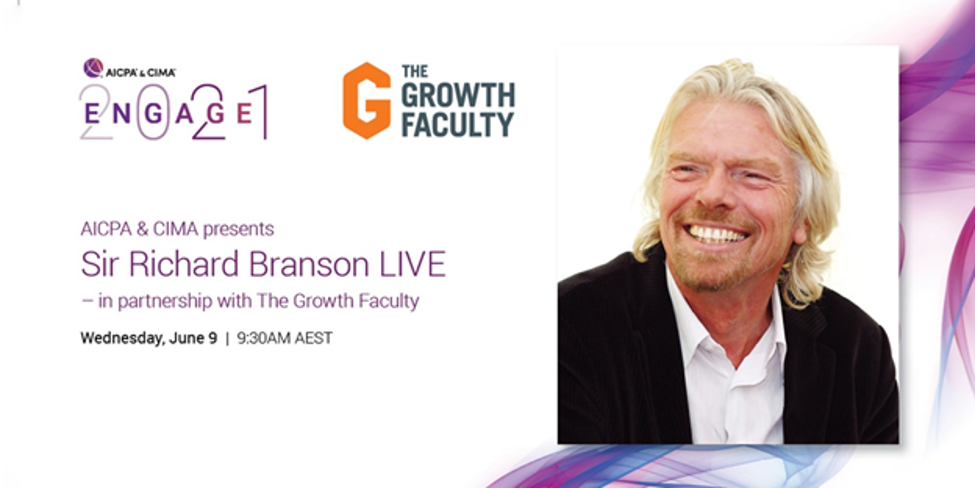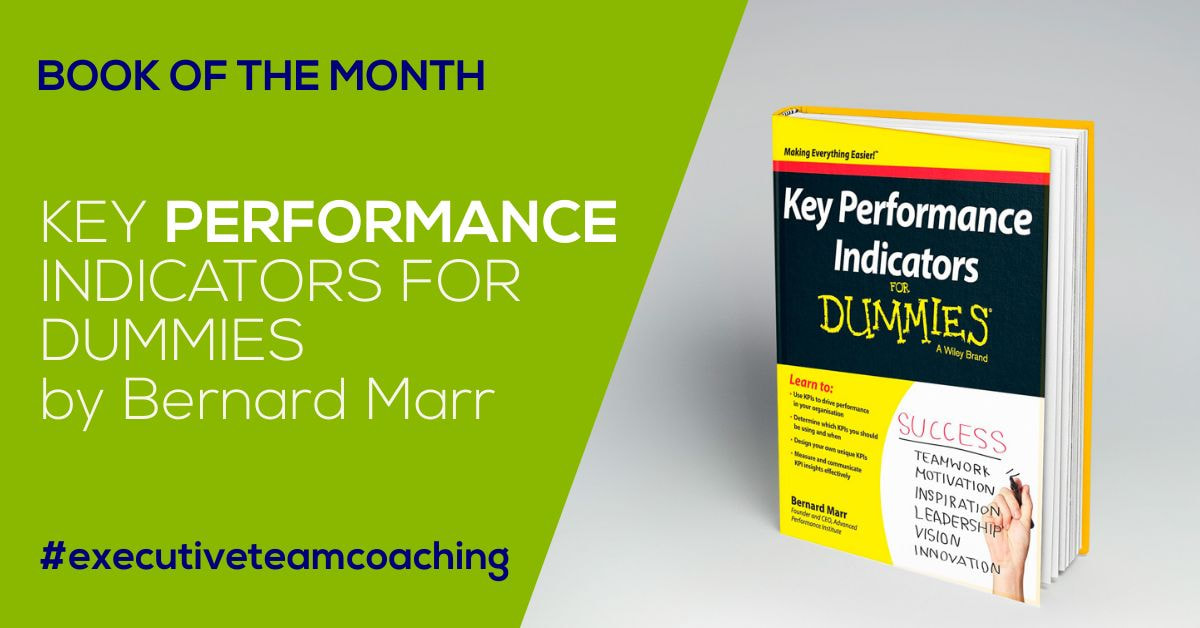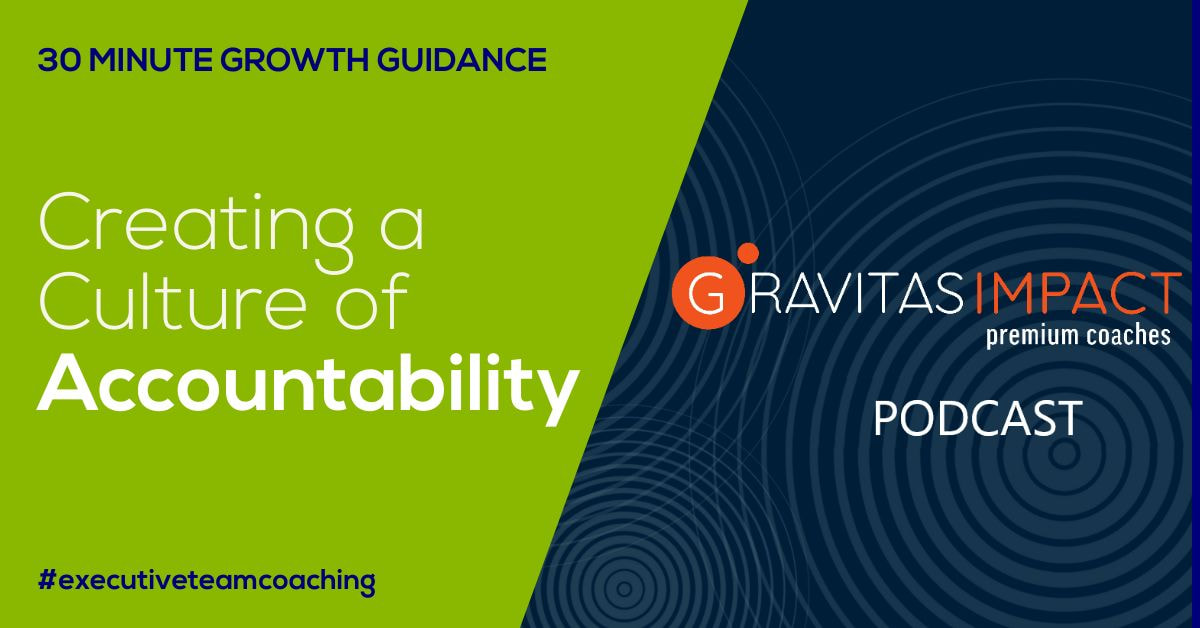|
Over this 5 Minute Growth Tip article series, I’ve described the critical leadership team best practices to implement the structures, systems and processes to enable profitable growth.
However, any CEO or owner might be thinking, “I can see how it works, but I’m really busy! I don’t have time for these things. I don’t even have time for family, friends or even myself.” But rather than say “I don't have time”, what if we asked “how can I make time?” How can I do less of what I’m doing right now so I have the time to put these best practices in place, to enable the profitable growth I want to see, and lead the life I want to live? How can I get out of the weeds? The chicken or the egg One could maybe end this article right here with the simple guidance “delegate and elevate”. But it takes more than just delegation. Chances are your team is busy too. So they’ll only be able to take on so much. Unless you’re in a financial position to hire one or more new leaders. If so, identify the functions you lead that you want to delegate, hire another leader and get on with making the changes and improvements to the business to get your return on that investment. But often, making the financial investment in another leader may not seem financially feasible. Instead, you’re in a chicken or egg position: you need to delegate to make more changes to improve profitability, but you need more leaders to be able to delegate more. Or you may just be thinking, “we’ve got to be able to get more done with the people we have”. Regardless of whether or not you invest in a new leader up front, delegating more yourself, and as a leadership team, will enable you to put more of the right structures, systems and processes in place to grow and profitably. The solution is to increase your leadership team’s efficiency so your team members have the capacity to take on some of your roles and/or lead some internal change projects on your behalf. How do you do that? By getting the right people in the right seats, improving execution and strengthening leadership team buy-in and accountability. Right people in the right seats An efficient leadership team means each team member is doing their job efficiently, collaborating effectively and minimizing drama. If all this is happening, they’ll need less attention from you and they’ll have the capacity to take on roles you’re currently doing. This starts with defining the right functions on the leadership team and making adjustments to have the right person leading each function. Over time, if not early on, other leaders will be able take on functions you’re currently leading. For example, you may still be leading sales, marketing, operations or R&D. What would it be like to have someone else doing a great job fully leading one or more of those areas? The goal is to make sure each leader is highly productive leading their function(s) and driving high productivity in their respective teams. We also want them to behave in constructive ways (aligned with your core values) that minimize drama across the leadership team and within each of their departments. Leaders can become even more efficient by ensuring they have the right people in the right seats within their departments and that their people are also behaving constructively. All of this will also help your leaders create more capacity to lead the kinds of internal improvement projects that you’re leading right now. See this article for more on getting the right people in the right seats. Efficient execution Having the right people in the right seats on your team provides a good foundation. How much of their potential productivity you tap into then depends on how each leader and the team executes. Through improved execution practices, your leadership team members will deliver better results, need less attention from you, have capacity to take on one or more of your functions and lead improvement projects you might otherwise lead. Great execution involves: 1) each leader owning clear metrics and targets for the company and their respective functions for the year and the next quarter, 2) each leader driving 1 to 3 clear priorities for change and improvement for the next year and quarter, with a 13 week action plan to make it happen, and 3) a rhythm of efficient weekly, monthly and quarterly meetings to hold each other accountable to hit the numbers, move the priorities forward and set new priorities for the next quarter. Daily huddles also help speed things up by identifying obstacles to solve as soon as they come up. A note regarding choosing those few critical priorities: getting the right people in the right seats needs to be a top priority for the quarter if you want to delegate and elevate yourself, and have your leaders do the same. You will then be rewarded every quarter with a bit more capacity so you can work more on other priorities to move the company forward. See this article for more on efficient execution. Leadership team buy-in and accountability For any of this to work, the leadership team needs to be bought in and committed. The best way is to do all this WITH your team, not TOO your team. Discuss and decide on leadership team functions and assignments, set metrics and targets, and decide on company priorities, all WITH your leadership team. This way, they’ll be fully bought into these changes and driven to make them happen. All these practices will improve accountability and drive efficiency. But you can strengthen accountability further by 1) leading by example in all these activities, 2) raising your expectations of your leaders, and 3) communicating in ways that maintain their natural motivation to execute. See this article for more on leadership team buy-in and accountability. Making it happen Getting the right people in the right seats, improving execution and getting leadership team buy-in and accountability will increase your team’s efficiency and enable you to delegate some of your functions and internal projects, so you can get out of the weeds. As you gain momentum, you’ll carve out more time for yourself and your team to work on strategy, implement other structures, systems, processes, and build capacity to grow and grow profitably. Ultimately, you’ll also start to be able to make more time for your family, rekindle old friendships and get back some of the personal things you enjoy. You probably won’t delegate and elevate in one fell swoop. But bite off what you can and you’ll create capacity to bite off more as you go. For example, you might find that more than one leader needs to be replaced. Start with one in the first quarter. Replacing even just one unfit leader with an excellent one will help reduce your workload. This will give you some breathing room to make other changes. The same will hold true for the employee changes your leaders make in their departments. That said, at the foundation of all this is having a rhythm of efficient meetings to make decisions as a team, plan, execute and hold each other accountable. And that takes a commitment of time up front. So now you may be wondering, “I said I was too busy to implement the best practices for profitable growth, and now Jean-Guy is suggesting solving that by implementing some of those same best practices. I said I’m too busy!” Here’s the thing… it’s like exercising. We can say, “I can’t run because I don’t have the heart and lung capacity.” But the only way to build up that capacity is to start running. Not alot to start - maybe 500 meters. But start. After a few runs, you’ll have the capacity to run more - maybe a kilometer. In not too long, you’ll have the capacity to run 5 or 10 kilometers. It’s an investment that pays off. The nice thing is that it pays off as you go. You don’t have to wait until some magical point in the future. But the only way to start getting the payoff is to start. Of course, you have a choice as to how quickly that payoff grows. You can try to figure it out on your own, learn some hard lessons along the way, and find that the benefits come slowly. Or, like with long distance running, you can get a coach who can help you and your leadership team learn the right way from the start, help you become more efficient and build up capacity very quickly. More on that choice in my next article. How can you strengthen delegation in your entrepreneurial company? To find out how to improve delegation in your business to grow more easily, quickly and profitability, AND enjoy the ride, try our complimentary Agile Growth Checklist. This self-service questionnaire takes 5 to 10 minutes to complete. You'll receive the checklist with your responses immediately. Within 24 hours, you'll receive a compiled report highlighting areas to improve. Complete sections 1, 2 and 4 to check your delegation practices. Or complete all 7 sections to find out how your company is doing in each of the 7 areas needed to produce more rapid, profitable and sustainable growth. This report is complementary and involves no obligation. YOUR INVITATION TO THE EVENT OF THE YEAR You’re invited to a one-of-a-kind event — a live webcast with world-renowned innovator, influencer and entrepreneur Sir Richard Branson. As the founder of the Virgin Group, Branson should need no introduction. Conceived in 1970, the Virgin Group has gone on to grow successful businesses in many sectors, including mobile telephony, travel and transportation, financial services, leisure and entertainment, and health and wellness. In 2004, Sir Richard established Virgin Unite, the nonprofit foundation of the Virgin Group, which brings together people and entrepreneurial ideas to create opportunities for a better world. Sir Richard will be interviewed by Jill Schlesinger, an Emmy-nominated and Gracie Award Winning Business Analyst for CBS News. What insights will you glean from one of the boldest thinkers in modern business? Join us on Tuesday 8th June at 5:30PM in SK and 6:30PM in MB to find out. NON-MEMBER: $245 | OUR NETWORK: $145 *Prices quoted in USD. How can you strengthen your entrepreneurial company?
To find out how to improve the entrepreneurial systems in your business to grow more easily, quickly and profitability, AND enjoy the ride, try our complimentary Agile Growth Checklist. This self-service questionnaire takes 5 to 10 minutes to complete. You'll receive the checklist with your responses immediately. Within 24 hours, you'll receive a compiled report highlighting areas to improve. Find out how your company is doing in each of the 7 areas needed to produce more rapid, profitable and sustainable growth. This report is complementary and involves no obligation. I was looking for a reference guide of common KPIs to make it easier for the leadership team of one of the companies I work with to identify appropriate metrics to drive execution.
I reached out to my network of colleagues in Gravitas Impact Premium Coaches. They suggested Key Performance Indicators: The 75+ Measures Every Manager Needs to Know, by Bernard Marr. The problem was there was no audio version and no text-to-speech feature. Listening to books while driving or walking my dog is my only option. So I found this “for Dummies” version by the same author. It did the trick. The gist of it In Key Performance Indicators for Dummies, Marr provides, not only a list of common KPIs across the essential areas of financial, customer, internal efficiency and people, but also a comprehensive guidebook to developing and implementing KPIs. While the book, in places, goes into more complexity than is needed for many mid-size companies, he does a nice job of explaining how KPIs connect with and support business strategy and execution disciplines. Marr, an expert in KPIs and big data, emphasizes how KPIs, effectively developed, can support a learning culture of fact-based decision-making where leaders test business assumptions and strategies through metrics. He also shares common pitfalls to avoid, such as tying compensation directly to KPIs, which unwittingly creates an incentive for employees at all levels to distort results. The alternative, in my experience, when incentives are implemented to support an already developed performance culture, is to tie them to numbers that are regimented, centrally controlled and therefore not easily manipulated, such as financial results. The irony of this book is that, while it’s designed as a go-to reference for picking KPIs, it recommends - and rightly so - to not just pick them from a list, but to do the harder thinking as a leadership team of what you’re aiming to achieve and what number you can track to tell you you’re making progress. Length of book: 320 pages. Bernard Marr is founder and CEO of the Advanced Performance Institute and author of 16 books on key performance indicators, metrics, big data, analytics and artificial intelligence. How can you execute on KPIs more effectively in your company? To find out how to have more efficient execution to grow more easily, quickly and profitability, AND enjoy the ride, try our complimentary Agile Growth Checklist. This self-service questionnaire takes 5 to 10 minutes to complete. You'll receive the checklist with your responses immediately. Within 24 hours, you'll receive a compiled report highlighting areas to improve. Complete section 4 to check your execution processes. Or complete all 7 sections to find out how your company is doing in each of the 7 areas needed to produce more rapid, profitable and sustainable growth. This report is complementary and involves no obligation. Great execution is critical to implementing strategy. But a great execution plan falls flat if there isn’t accountability. This is frustrating and costly. But it can be solved. I’m proud to share a Gravitas Impact podcast on this topic featuring my colleague Mark Green in New Jersey. Based on his Gravitas Impact monograph, Creating a Culture of Accountability, he shares guidance born out of the patterns he and our coaching colleagues around the world have identified working with CEOs and leadership teams from a variety of industries. In this 30 minute podcast, Mark explains the 3 pillars of accountability: 1) leading by example (there’s more to it than you think), 2) role accountability (how it really works) and 3) process accountability (how to make it happen). How can you create a culture of accountability in your company?
To find out how to strengthen accountability to grow more easily, quickly and profitability, AND enjoy the ride, try our complimentary Agile Growth Checklist. This self-service questionnaire takes 5 to 10 minutes to complete. You'll receive the checklist with your responses immediately. Within 24 hours, you'll receive a compiled report highlighting areas to improve. Complete section 1, 2, 4 and 7 to check your processes that support accountability. Or complete all 7 sections to find out how your company is doing in each of the 7 areas needed to produce more rapid, profitable and sustainable growth. This report is complementary and involves no obligation. |
Archives
December 2029
Categories
All
|






 RSS Feed
RSS Feed
